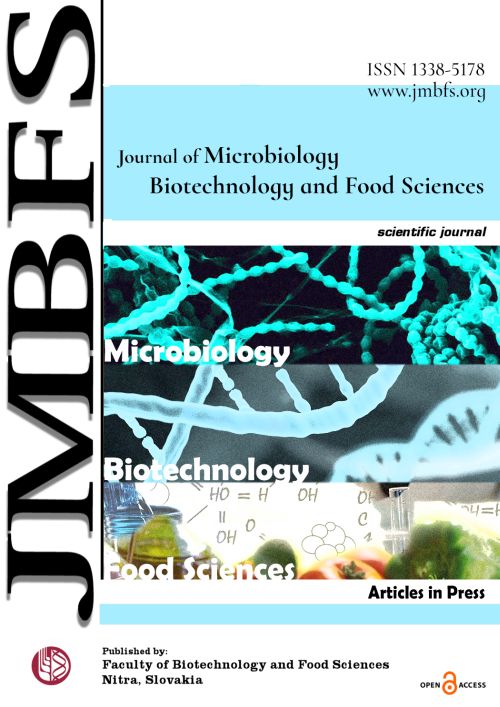DYNAMICS OF SELECTED APOPTOTIC AND HEAT SHOCK PROTEINS IN CRYOPRESERVED AND VITRIFIED SEMEN FROM NORMOZOOSPERMIC MEN
DOI:
https://doi.org/10.55251/jmbfs.11741Keywords:
spermatozoa, cryopreservation, vitrification, heat shock proteins, caspasesAbstract
Conventional slow freezing is the most widely used technique for sperm cryopreservation, however recently vitrification has begun to be used as an alternative. The present work aims to compare the efficiency of slow freezing and sperm vitrification in preventing changes in the levels of heat shock proteins 70 (HSP 70) and 90 (HSP 90) as well as apoptotic markers BAX, Bcl-2, caspase-3 and caspase-9 in human spermatozoa. Semen samples were obtained from 35 donors with a normal spermiogram and divided into three aliquots. The first aliquot represented the neat sample. The second fraction was used for slow freezing and the third fraction was subjected to vitrification. Each set of samples was subjected to motility assessment and protein extraction for western blot analysis. No significant differences were found in the recovered sperm motility when comparing slow cryopreservation and vitrification, however significantly lower sperm motility (P<0.01), progressive motility (P<0.01), progressive velocity (P<0.05) ad track speed (P<0.01) were found in the cryopreserved group in comparison to the neat sample. Both freezing techniques have led to a significant decrease of the HSP 70 protein levels in comparison to the neat state (P<0.001 in case of slow cryopreservation; P<0.01 with respect to vitrification). Furthermore, both techniques resulted in a significant decrease of the HSP 90 protein levels (P<0.01) when compared to neat specimens. No significant differences in HSP 90 levels were detected between the slow cryopreserved and vitrified group. In the meantime, vitrification led to significantly lower BAX (P<0.05) and caspase-9 (P<0.0001) levels in comparison to cryopreservation. Our results show that sperm vitrification is a technique that can be carried out with good post-thaw sperm vitality outcomes, primarily by providing protection to the mitochondrial system and preventing apoptosis.
Downloads
Downloads
Published
How to Cite
Issue
Section
License
Copyright (c) 2023 Eva Tvrda, Jaime Gosálvez, Raúl Sánchez, Stefan S. Du Plessis

This work is licensed under a Creative Commons Attribution 4.0 International License.
All papers published in the Journal of Microbiology, Biotechnology and Food Sciences are published under a CC-BY licence (CC-BY 4.0). Published materials can be shared (copy and redistribute the material in any medium or format) and adapted (remix, transform, and build upon the material for any purpose, even commercially) with specifying the author(s).





